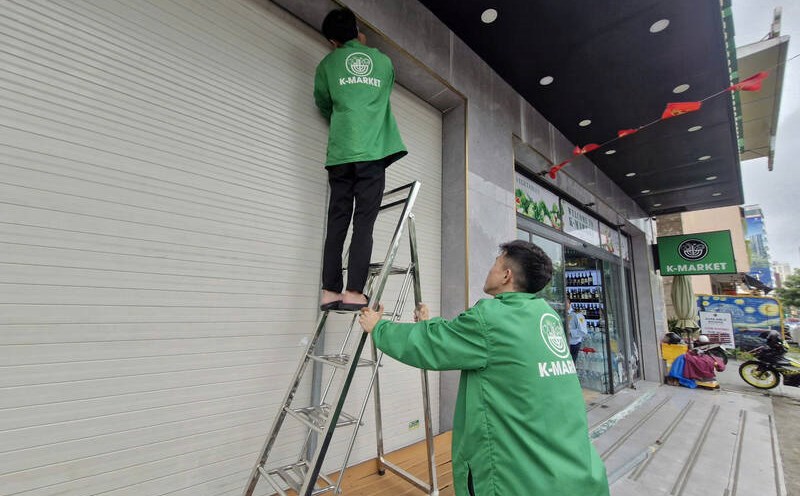The tomb of pharaoh Tutankhamun (dated from 1332-1323 BC), located not far from the city of Luxor, is in good condition and is not at risk of collapse, the Egyptian Ministry of Tourism and Antiquities stated in a statement.
"The General Secretary of the Egyptian Supreme Council for Archaeology - Dr. Mohamed Ismail - confirmed that the information spread by some foreign media about the risk of the collapse of tutankhamun's mausoleum is untrue," the Egyptian Ministry of Tourism and Archaeology stated in a statement.
The Egyptian Ministry of Tourism and Antiquities stressed that the Arabian government "regularly checks the status" of the cultural heritage as well as, together with experts from the US-based Getty Conservation Institute, participate in the restoration of tombs.
Recently, US experts assessed the pharaoh Tutankhamun burial area and concluded that this cultural heritage is not at risk of collapse, and the murals in the mausoleum are not threatened.
Previously, on October 21, Daily Mail quoted Sayed Hemada, author of the study and Professor of Architectural Heritage Conservation at the University of Cairo, Egypt, as saying that the 3,300-year-old mausoleum of the Egyptian pharaoh could collapse due to the risk of flooding.
Researchers pointed out that large cracks appeared on the mausoleum due to increased moisture. This contributes to creating conditions for mold to develop "worn out invaluable murals".
The study authors emphasized the need to "reduced humidity fluctuations to preserve mausoleums by regulating the internal environment and implementing a centralized reinforcement and conservation program".
Moisture is not the only factor that threatens these archaeological wonders. Mohamed Atia Hawash - Professor of Architecture Conservation at the Department of Archaeology of Cairo University - explained that the mountains around the Valley of the Kings have many large cracks, which can cause the rock blocks to break and collapse into the tombs.
tutankhamun Tombs are located in the Valley of the Kings. The Valley of the Kings survived the flood in 1994, when most of the tombs were submerged in water. The flood caused serious damage to the murals and formed a network of cracks that undermined the integrity of the mausoleum.
The tomb of pharaoh tutankhamun was first discovered by British archaeologist Howard Carter in 1922, marking one of the most important archaeological discoveries of the 20th century.
In Egyptian archaeology, the tomb of pharaoh Tutankhamun is known as KV 62. Initially, this tomb was not designed as a burial place for members of the Egyptian royal family but was changed to a different purpose of use after the Egyptian pharaoh Tutankhamun passed away at the age of 18 or 19 around 1324 BC.
This ancient tomb consists of 4 main compartments: The entrance, the lobby with furniture and chariots, the burial chamber containing 3 stacked coffins, and the treasury, which once held about 5,000 artifacts, from the famous golden mask of the pharaoh to gold-plated statues and burial items.











